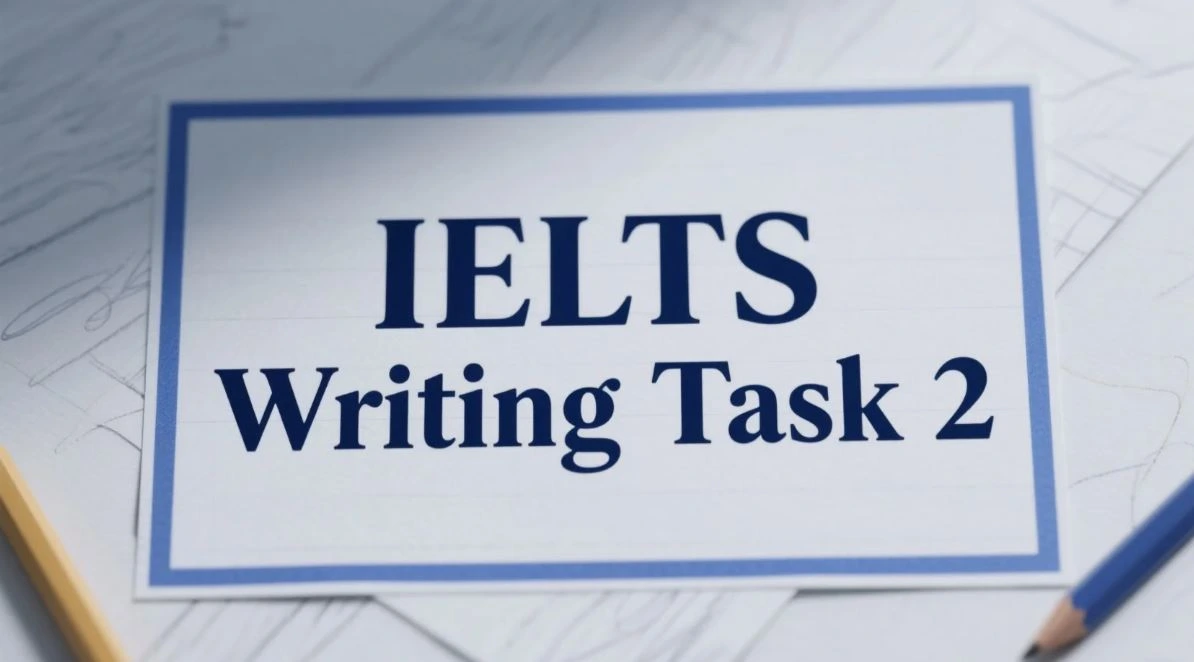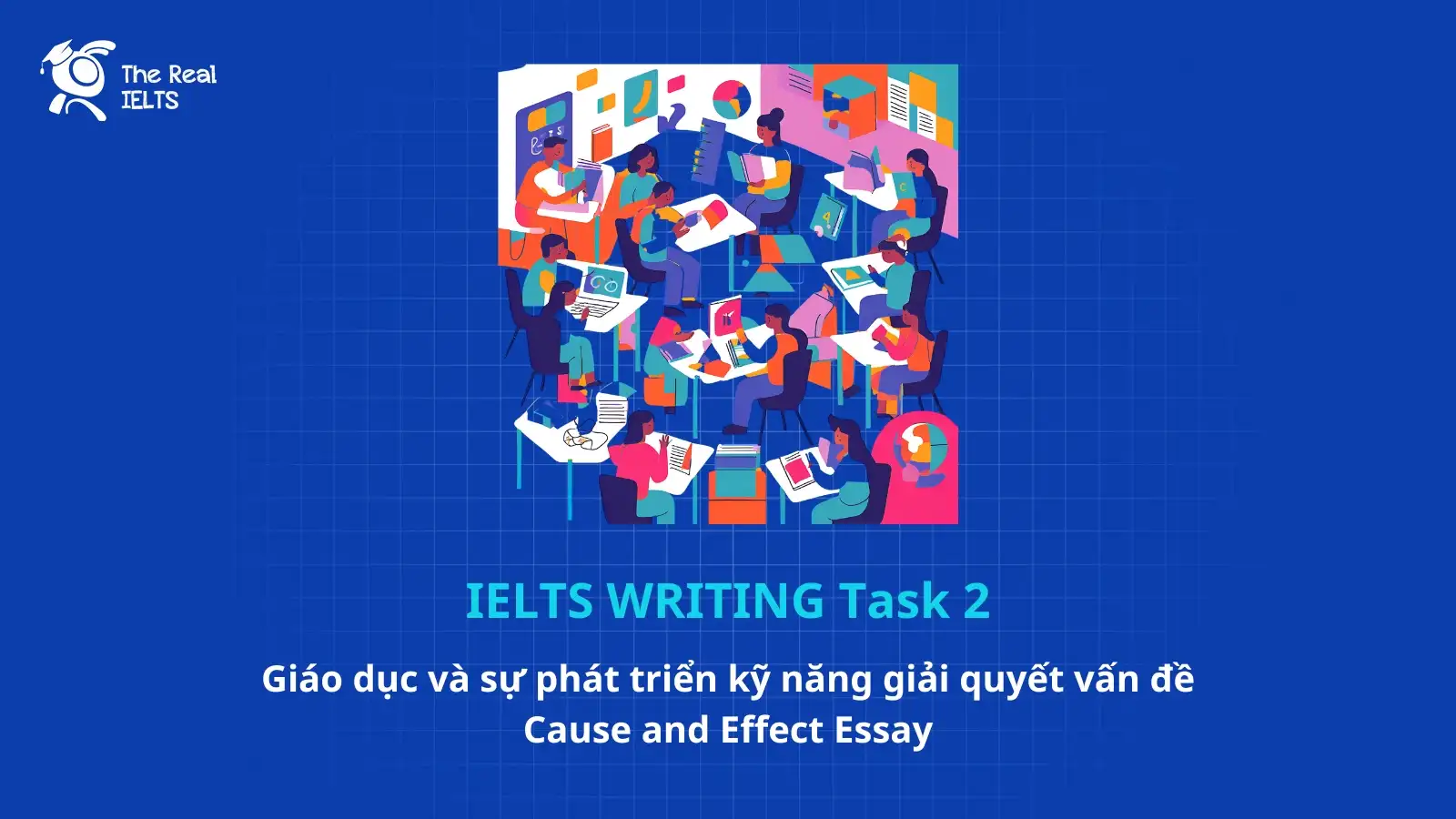IELTS Reading 47: Customs and folk traditions là chủ đề thuộc chuỗi bài luyện tập 11 dạng bài IELTS Reading và các bài tập luyện tập.
Học lại bài cũ: IELTS Reading 46: Culture and religion in different regions.
IELTS Reading: Customs and folk traditions
Customs and folk traditions are integral aspects of human culture, reflecting the values, beliefs, and practices of a community. These traditions are often passed down through generations, preserving the heritage and identity of a people.
One significant area of customs is the celebration of festivals. Festivals serve as communal gatherings that commemorate historical events, agricultural cycles, or religious beliefs. For instance, the Lunar New Year, celebrated in various Asian cultures, symbolizes the arrival of spring and is marked by family reunions, feasting, and various cultural performances. In contrast, Diwali, the Hindu festival of lights, celebrates the victory of light over darkness and good over evil, featuring vibrant decorations, fireworks, and the exchange of sweets.
In addition to festivals, folk traditions encompass various practices such as storytelling, music, and dance. Oral storytelling is a vital method of preserving history and imparting moral lessons. Many cultures have their unique folklore, filled with myths, legends, and fables that reflect their values and societal norms. For example, Native American tribes have rich traditions of storytelling that convey their connection to nature and the importance of community.
Music and dance are also fundamental elements of folk traditions. Each culture has its distinctive musical styles and dance forms that serve to express identity and foster community bonds. Traditional dances, such as the Irish jig or the Spanish flamenco, are often performed during celebrations and serve as a means of social interaction and cultural expression.
Moreover, customs related to marriage, birth, and death showcase the importance of rituals in marking life’s significant milestones. Marriage ceremonies vary widely across cultures, often reflecting specific cultural values and beliefs. For instance, in many Western cultures, weddings are characterized by white dresses and lavish receptions, while in Indian culture, weddings can last several days and include a myriad of rituals and colorful attire.
While many customs and folk traditions remain intact, globalization and modernization pose challenges to their preservation. Young people are often influenced by global culture, leading to a gradual decline in traditional practices. However, there is a growing movement to revive and promote these customs, recognizing their significance in maintaining cultural diversity and heritage.
In conclusion, customs and folk traditions play a crucial role in shaping the identity of communities around the world. They offer insight into the values and beliefs of a culture, foster social cohesion, and provide a sense of belonging. Preserving these traditions is essential for future generations to appreciate their heritage and understand their place in a diverse world.
Questions
1. Multiple Choice (Chọn đáp án đúng)
Câu hỏi: What does the Lunar New Year symbolize?
A. The end of summer
B. The arrival of spring
C. The victory of light over darkness
D. The beginning of autumn
Đáp án đúng: B
2. True/False/Not Given (Đúng/Sai/Không có thông tin)
Câu hỏi: The Diwali festival is celebrated only by Hindu communities.
Trả lời: (Đúng/Sai/Không có thông tin)
3. Yes/No/Not Given (Có/Không/Không có thông tin)
Câu hỏi: The article states that globalization helps preserve folk traditions.
Trả lời: (Có/Không/Không có thông tin)
4. Matching Information (Ghép thông tin)
Câu hỏi: Match the following customs with their descriptions:
- Lunar New Year
- Storytelling
- Traditional dances
Mô tả: A. Represents the arrival of spring
B. Preserves history and imparts moral lessons
C. Expresses identity and fosters community bonds
Đáp án:
1 – A
2 – B
3 – C
5. Matching Headings (Ghép tiêu đề)
Câu hỏi: Choose the appropriate heading for each paragraph:
A. The significance of festivals
B. The role of music and dance
C. Challenges to cultural preservation
Đoạn:
- Festivals serve as communal gatherings…
- Music and dance are also fundamental elements…
- Globalization and modernization pose challenges…
Đáp án:
1 – A
2 – B
3 – C
6. Matching Sentence Endings (Ghép kết thúc câu)
Câu hỏi: Complete the sentences:
- Folk traditions are often passed down…
- Oral storytelling is a vital method…
- Traditional weddings vary widely across cultures…
A. to preserve history.
B. reflecting specific cultural values.
C. through generations.
Đáp án:
1 – C
2 – A
3 – B
7. Sentence Completion (Hoàn thành câu)
Câu hỏi: Festivals like Diwali and Lunar New Year often involve __________.
Đáp án: family reunions, feasting, and cultural performances.
8. Summary Completion (Hoàn thành bản tóm tắt)
Câu hỏi: Customs related to marriage showcase the importance of __________ in marking significant milestones in life.
Đáp án: rituals
9. Diagram Label Completion (Hoàn thành nhãn sơ đồ)
Câu hỏi: Complete the labels based on the following diagram of a wedding ceremony:
- Label 1: __________ (e.g., exchanging vows)
- Label 2: __________ (e.g., reception)
10. Short Answer Questions (Câu hỏi trả lời ngắn)
Câu hỏi: What is one reason folk traditions are important for communities?
Đáp án: They reflect the values and beliefs of a community.
11. Table/Flowchart/Note Completion (Hoàn thành bảng/sơ đồ dòng/chú thích)
Câu hỏi: Complete the table with the following categories and examples:
| Category | Example |
|---|---|
| Festivals | __________ (e.g., Diwali) |
| Storytelling | __________ (e.g., folklore) |
| Traditional Dance | __________ (e.g., jig) |
Đáp án
1. Multiple Choice (Chọn đáp án đúng)
Đáp án đúng: B. The arrival of spring
2. True/False/Not Given (Đúng/Sai/Không có thông tin)
Đáp án: Không có thông tin (bài viết không nêu rõ rằng Diwali chỉ được tổ chức bởi cộng đồng Hindu).
3. Yes/No/Not Given (Có/Không/Không có thông tin)
Đáp án: Không (bài viết nói rằng toàn cầu hóa và hiện đại hóa đang gây ra thách thức cho việc bảo tồn các truyền thống dân gian, không giúp bảo tồn chúng).
4. Matching Information (Ghép thông tin)
Đáp án:
1 – A (Lunar New Year – Represents the arrival of spring)
2 – B (Storytelling – Preserves history and imparts moral lessons)
3 – C (Traditional dances – Expresses identity and fosters community bonds)
5. Matching Headings (Ghép tiêu đề)
Đáp án:
1 – A (The significance of festivals)
2 – B (The role of music and dance)
3 – C (Challenges to cultural preservation)
6. Matching Sentence Endings (Ghép kết thúc câu)
Đáp án:
1 – C (Folk traditions are often passed down through generations.)
2 – A (Oral storytelling is a vital method to preserve history.)
3 – B (Traditional weddings vary widely across cultures reflecting specific cultural values.)
7. Sentence Completion (Hoàn thành câu)
Đáp án: family reunions, feasting, and cultural performances.
8. Summary Completion (Hoàn thành bản tóm tắt)
Đáp án: rituals
9. Diagram Label Completion (Hoàn thành nhãn sơ đồ)
Đáp án:
- Label 1: exchanging vows
- Label 2: reception
(Lưu ý: Câu hỏi này yêu cầu thông tin cụ thể, nên đáp án có thể thay đổi tùy thuộc vào nội dung của sơ đồ được cung cấp.)
10. Short Answer Questions (Câu hỏi trả lời ngắn)
Đáp án: They reflect the values and beliefs of a community.
11. Table/Flowchart/Note Completion (Hoàn thành bảng/sơ đồ dòng/chú thích)
Đáp án:
| Category | Example |
|---|---|
| Festivals | Diwali |
| Storytelling | folklore |
| Traditional Dance | jig |















